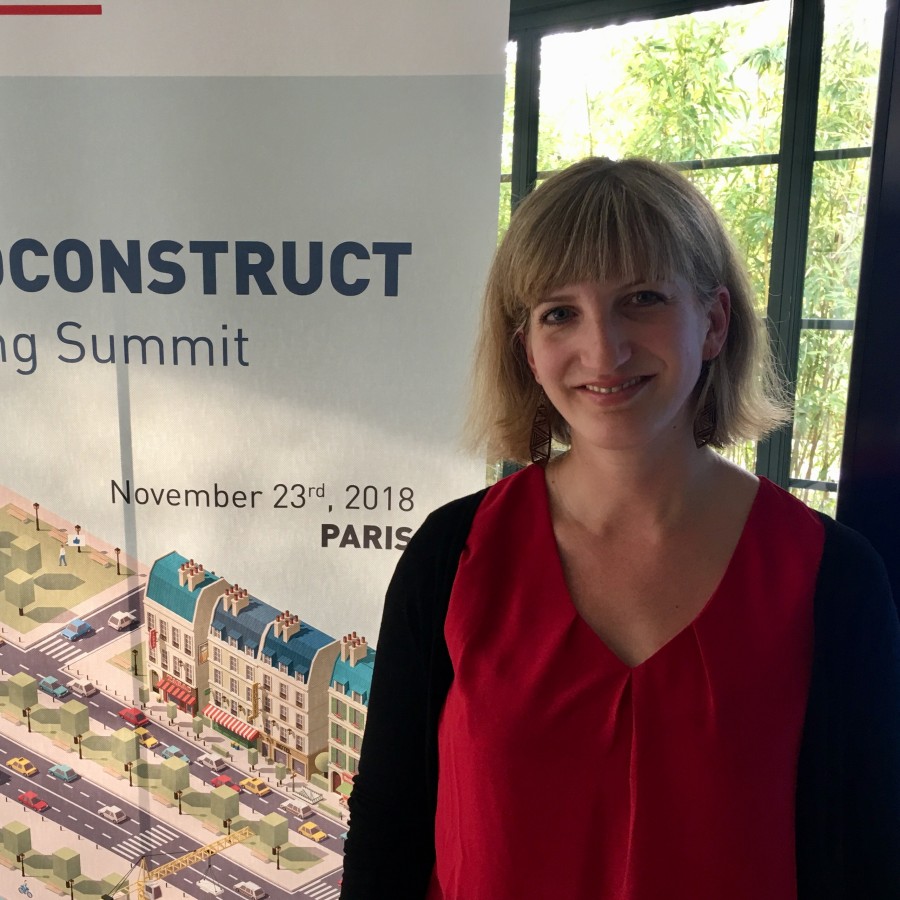Die Baukonjunktur in den 19 Mitgliedsländern des Euroconstruct-Forschungsnetzwerkes entwickelt sich weiterhin dynamisch: So die Einschätzung der Expertinnen und Experten auf der 86. Euroconstruct-Konferenz im November in Paris, die von zahlreichen Vertreterinnen und Vertretern internationaler, auch österreichischer, Bauunternehmen sowie mit dem Bauwesen verknüpfter Stakeholder besucht wurde. Bis 2021 wird jährlich ein positives Wachstum in der Wertschöpfung erwartet, wobei die Zuwachsraten nach dem Rekordhoch 2017 von 4,1 Prozent künftig von Jahr zu Jahr abnehmen dürften. Für das Jahr 2018 wird das Gesamtwachstum im Bauwesen auf 2,8 Prozent geschätzt.
Unterteilt nach Baubranchen zeigte sich die größte Expansion 2016 und 2017 im Wohnbau, und hier speziell im Wohnungsneubau, dessen Niveau nach wie vor unter dem Vorkrisenniveau 2007 in Europa liegt. Dennoch scheint sich ab 2018 ein Wechsel an der Spitze des erzielten Wachstums der einzelnen Branchen abzuzeichnen. Grund dafür sind die erwarteten starken Wachstumsimpulse im Tiefbau, die zu einem erheblichen Teil von der öffentlichen Hand ausgehen.
In Deutschland, Österreich und der Schweiz liegen die Bauprognosen für die nächsten Jahre unter dem Durchschnitt der 19 Euroconstruct-Länder
(die größten Zugewinne werden für die osteuropäischen Märkte erwartet). Während die Zuwächse in Österreich und der Schweiz
langsam abnehmen, laut den Prognosen aber bis 2021 positiv bleiben werden, wird für Deutschland – nach einer langjährigen
Expansionsphase – im Jahr 2020 erstmals ein Rückgang der Bauinvestitionen auf hohem Niveau vorhergesagt. Die erwartete
Entwicklung in Österreich und der Schweiz spiegelt, mit den höchsten prognostizierten Wachstumsraten bis 2021 im Tiefbau,
den europäischen Trend wider.
Zur Euroconstruct-Website


